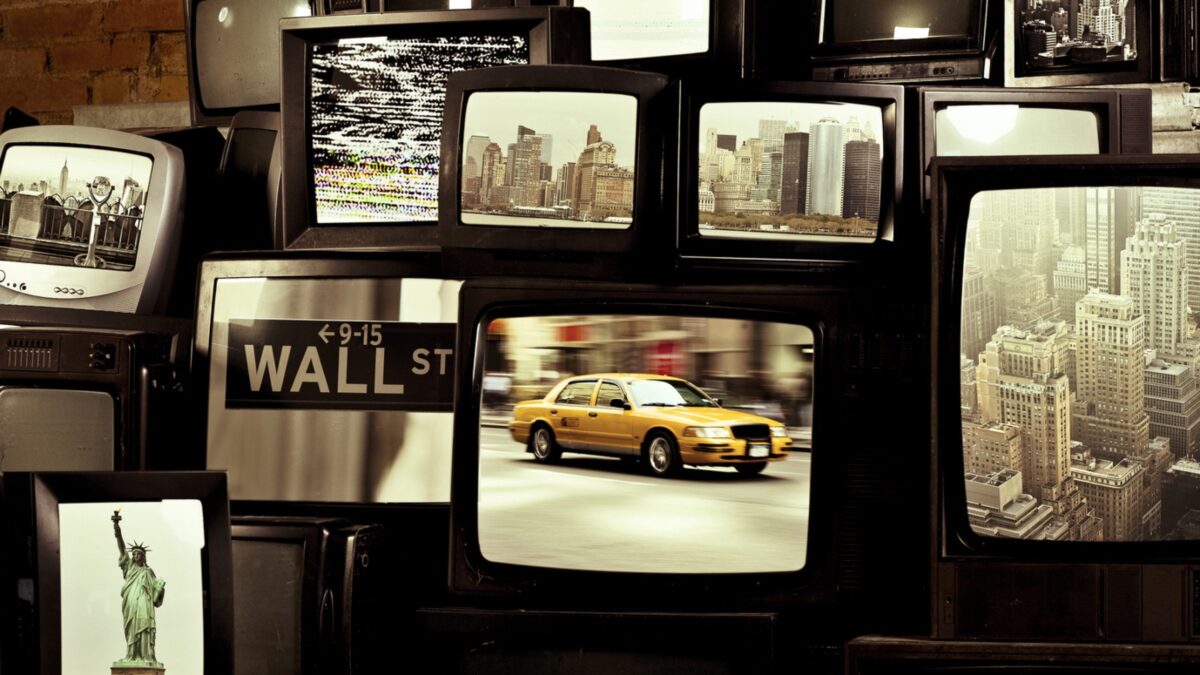
Time is a flat circle.
If you’re like me, you are paying for like a dozen different streaming services, and it’s getting kind of tiresome. It takes a lot of effort to switch services on and off. You have to keep track of what you’re watching and when, and then make sure you’re right about what service carries the shows you watch most frequently.
How is this the modern reality? I thought this was all supposed to be easier.
Well, now major streamers are considering bundling themselves… sort of like cable.
Yeah cable, that thing you paid for with hundreds of channels that we were told streaming would replace.
You don’t have to take my word for it. David Zaslav spoke to the MoffettNathanson Technology, Media & Telecom Conference this week and talked about the idea of bundling.
He said:
“For me, it seems very clear that if we were to package this great product that we have with others, if we were to wake up tomorrow and in each market if we’re the No. 1, 2 or 3 product, if we were marketed with two or three [streamers] for a specific price, it would be great for consumers and would probably reduce churn. We’d both be marketing one product and it would provide a meaningful consumer experience. Not just on price but that ‘OK, I now have a bigger package of content that’s broader.’”
So, what’s Zaslav’s plan to make it broader? Go back to the consumer.
He expanded on his ideas, saying, “One of the challenges in the business right now is the difficulty for a consumer in aggregating the content that they love, entertainment, nonfiction, content, sports content. Everyone’s googling where is it? How do I get it?” Zaslav said. “It’s not rational and it’s not really sustainable because it’s not a good consumer experience, not sustainable because there are a lot of people in this business that are just losing too much money.”
Streaming has been tricky. a lot of these massive undertakings cost a lot of money to become profitable. They’re chasing subscribers and content, but making money is an issue. Still, the industry they’re in is highly profitable.
CEOs like Zaslav are taking huge paychecks. His is upward of $250 million.
And his plan is preaching patience.
“It takes time. This industry is changing so quickly. Saying I’m gonna take two years and then I’m gonna emerge with a new set of assets for two-and-a-half years, who knows what the world looks like,” he said. “So I think there’s a lot of risk from a regulatory or even a time [perspective], but there should be a consolidation. And I think it’s more likely to have to happen in the repackaging and marketing of products together. That’s what really I think makes sense. We have to as an industry reach that point.”
Still, a lot comes back to what consumers can and will pay for platforms. And Zaslav knows this is the biggest issue facing people.
Cable TV got too expensive at the end, and streaming is getting there now.
Cable seemed to have an endless supply of movies and TV shows that changed frequently. How many times have you scrolled through streamers and not found anything to watch?
Zaslav said, “The streaming services doubled or tripled the offering of what they were doing and then they reduced price. People are paying a lot less for content now than they were. If there were 50 million people that like premium five years ago on basic cable, they’re paying a lot more money for HBO, Showtime, Starz, Epix, Encore than they are right now for these streaming services and the investment in content is three or four times.
“That will all work out but the key for us is how do we create a product that people love and how do we get more people feeling nourished and loving that product?” he said. “I think we’re really on to something with what we have and once you have that the ability to either raise price or provide sport and other product that they either spend more money on or that further enriches their experience on the platform. That’s a winner.”
These are lofty ideas, but, in my opinion, it’s just taking us back to cable.
I mean, most of these streaming platforms have commercials now too.
Did we just go full circle?
“Whether we do it this year or in three years, I think eventually something like that will happen. If we don’t do it to ourselves, I think it’ll be done to us,” he said. “It’ll be Amazon that does it, it’ll be Apple that does it, it’ll be Roku that does it. They’re already starting to do it. And it makes sense. A lot of people will go to some of those platforms as an easier curation of finding what they like.”














